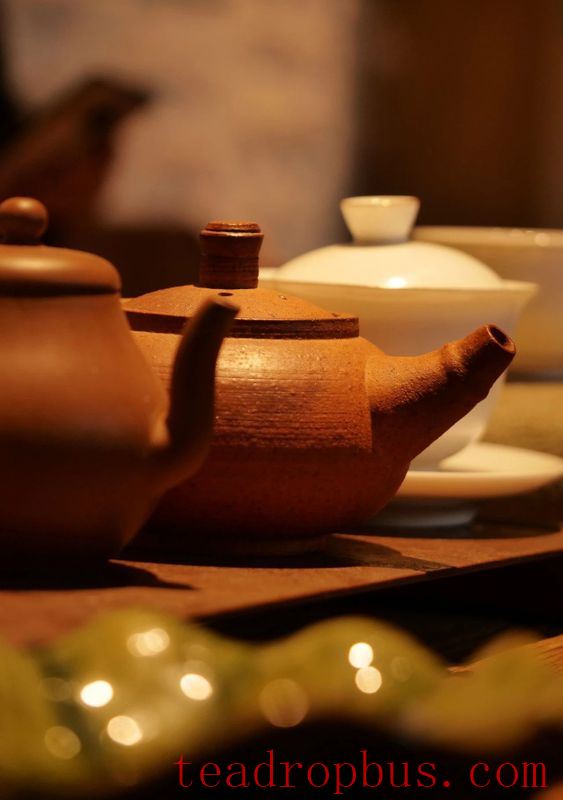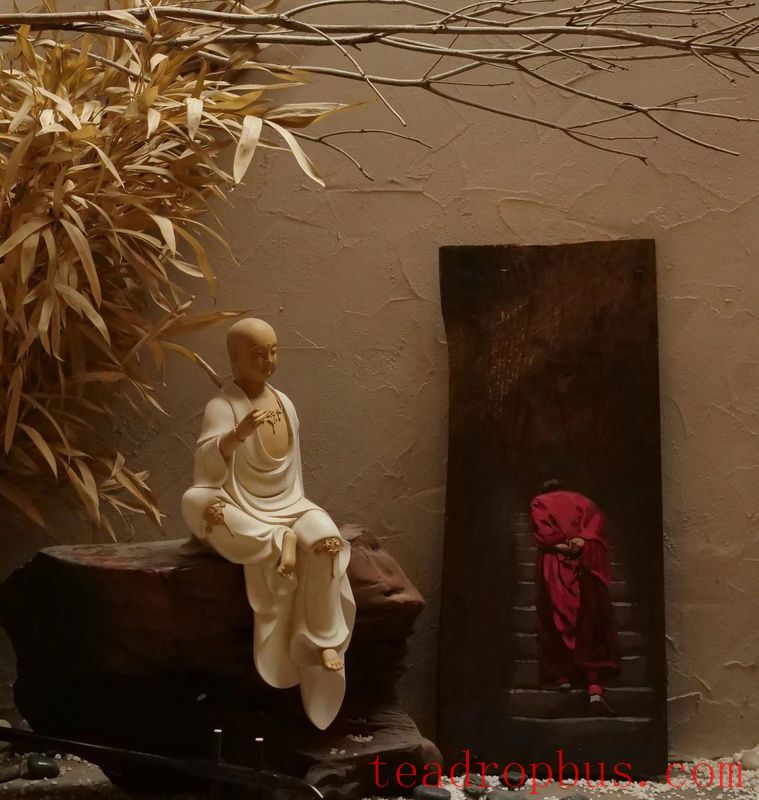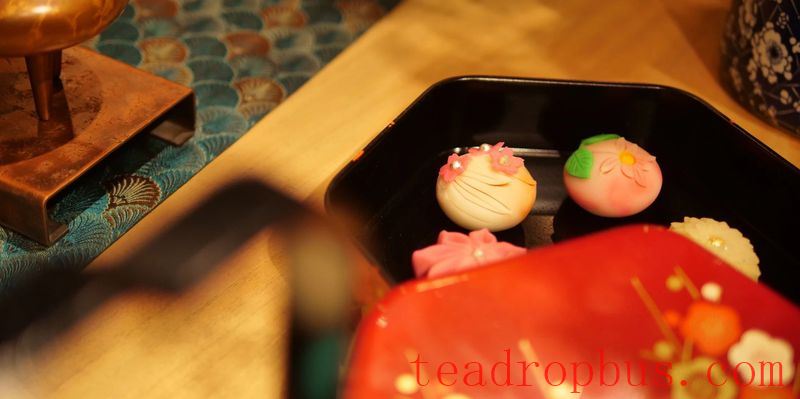
When first encountering ripe Pu'er Tea, one might hear comments like, “Ripe tea can't be drunk, it causes diarrhea,” “The heap fermentation room isn't clean,” or “There's always a lot of dust-like residue at the bottom of the Cup after drinking ripe tea.” Indeed, my first experience with ripe tea was a blend of moldy and earthy flavors, a memory that remains vivid to this day.
In the past, the hygiene issues in ripe tea fermentation rooms were often criticized. Compared to raw tea, the relatively affordable price of ripe tea led consumers to mistakenly believe that the raw materials used for ripe tea are cheap and that the overall production costs are low.

In reality, from a cost perspective, the production of ripe tea is more expensive than raw tea, due to its complex process. The raw materials required for a single heap fermentation are measured by the ton, leading to high upfront costs and significant risk of failure, as well as demanding technical expertise from the fermentation master.
Therefore, many companies are not enthusiastic about producing ripe tea, and instead focus their marketing efforts on raw tea, which can give the impression that there are more consumers of raw tea, diminishing the reputation and popularity of ripe tea. However, as a daily beverage, ripe tea is still more commonly consumed.

In recent years, the market for ripe tea has been expanding, and many tea companies are now placing greater emphasis on the quality of the raw materials used for making ripe tea. Some choose to ferment ancient tree tea, while others opt for Spring Tea from ancient trees. Processing workshops have been renovated to meet pharmaceutical hygiene standards, becoming dust-free environments, and mountain spring water or purified water is used for fermentation. Various fermentation techniques, such as elevated, small-scale, bamboo basket, and oxygen-rich fermentation, have been explored, and technology is utilized to monitor fermentation temperatures in real-time.

With high-quality raw materials and rigorous hygiene standards in the production process, the taste of new ripe teas can be rich and satisfying, fulfilling the criteria for aroma, Sweetness, body, thickness, and smoothness. Additionally, the residue at the bottom of the cup after drinking ripe tea is actually some of the surface material from the raw tea that gets dislodged during the fermentation process.
Due to the fermentation, these particles are more easily released during brewing, forming a fine dust-like substance that eventually settles at the bottom of the cup. However, as fermentation techniques improve, the amount of this residue can be reduced.
Excerpt from Pu'er Magazine
If there is any infringement, please contact us for removal.